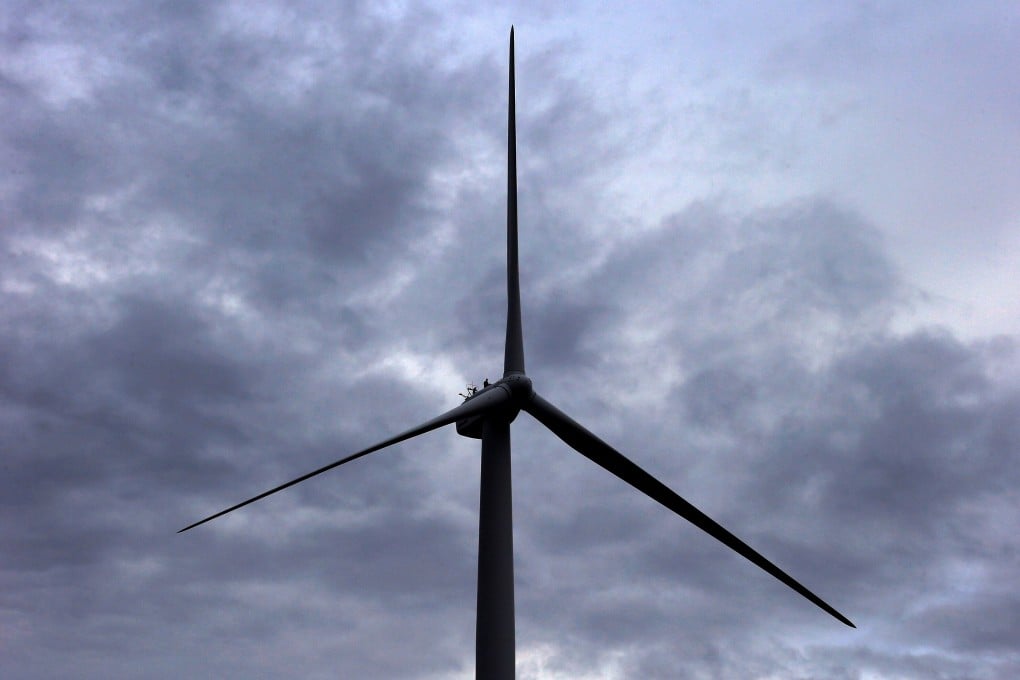South Korea will spend US$32 billion on world’s largest floating offshore wind farm
- It will produce enough power for 5.7 million households and account for half of South Korea’s planned offshore wind power production by 2030
- The wind farm will reduce 9.3 million tons of greenhouse gas emissions per year and produce 84,000 tons of clean hydrogen per year

A total of 36 trillion won (US$32 billion) from both the government and the private sector will be spent on the project to create a massive offshore wind farm complex off the country’s southeastern industrial hub of Ulsan City by 2030, President Moon Jae-in said.
The facilities will be built on the country’s first commercially viable offshore natural gas field that is expected to stop production and close in 2022 after 18 years of operation.
When completed, the wind farm will produce six gigawatts of power, enough for 5.7 million households and account for half of South Korea’s planned offshore wind power production in 2030.
The project will also create 210,000 new jobs, the presidential Blue House said.
“Sea winds are like carbonless petroleum in the 21st century. Large scale offshore wind farms will bring us a short cut to achieve carbon neutral and provide us with new growth engines,” Moon said in a speech in Ulsan.